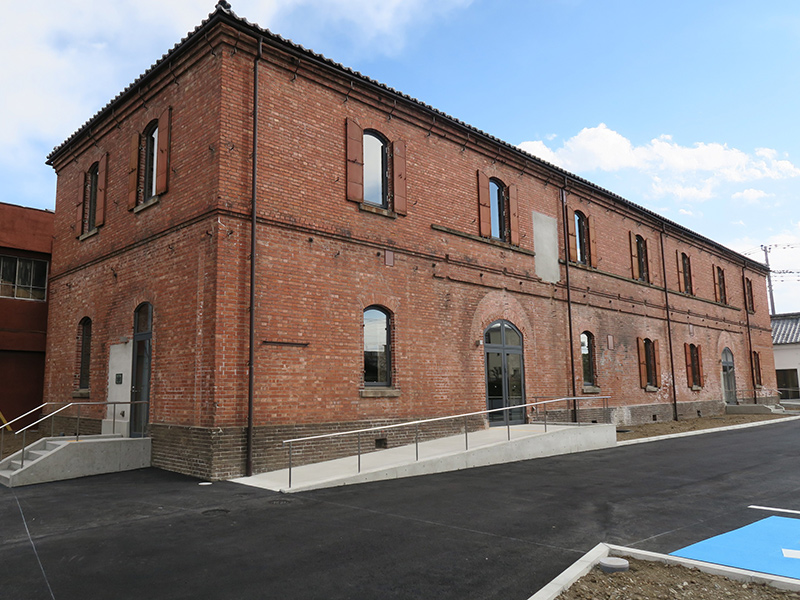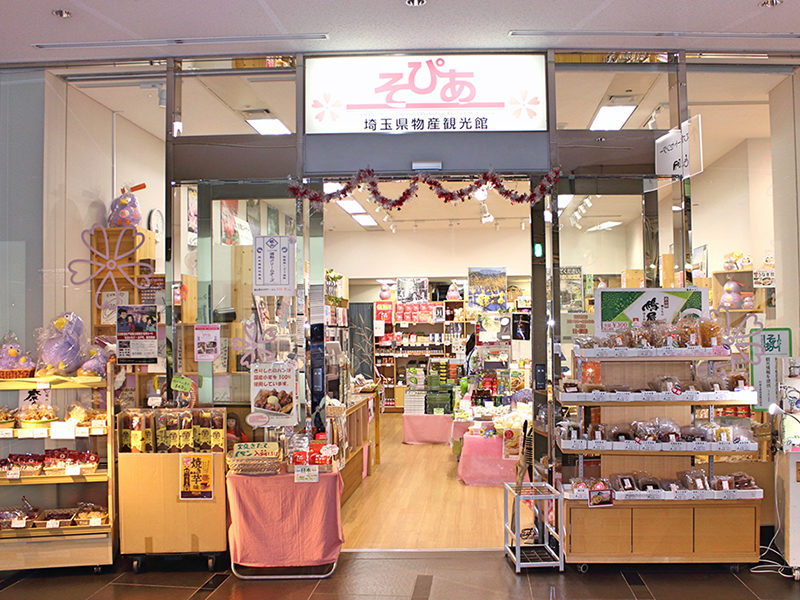Nanbata Castle Archive Museum and Park
sightseeing

The Nanbata Castle Park Museum is located in the middle of a long and narrow park, straddled by divisions of east and west sides, with a replica of the Nanbata Castle in the "Shiroato Zone" on the east side, and relocated kominka (old residences) in the "Kominka Zone" on the west side. In the "Shiroato Zone" are the restored enclosure, water moat and earthwork mounds of the Nanbata Castle from the Sengoku Period. Visitors can enjoy the changing seasonal scenery of the water lilies and other wetland plants growing in the water moat. In the “Kominka Zone” are two relocated and restored early Meiji period private residences and the gate of a townhouse that are designated city cultural properties. Annexes such as a granary (kokugura), library (bunkogura) and barn (naya) were newly built to replicate Fujimi City's nostalgic farmhouse scenery. In the granary, visitors can watch videos about local performing arts and the restoration of the old farmhouses. The regional exchange facility, "Chokkura," is also connected to the building, where visitors can purchase local produce and souvenirs.
Basic Information
Location
Fujimi Ooaza Shimonanbata 568-1
TEL
049-253-4664
FAX
049-253-4665
Facilities
Nanbata Castle is a castle ruin of Nanba Tashi, who was mainly active in Fujimi City during the middle ages, with the castle designated as a historical site in Shōwa 36 (1961). The castle on the plains is built on the corner of the lowlands of Arakawa, with the size of the castle estimated to be more than 5 hectares. The Nanbata Castle Park is a historical park with an area of about 17,000 square meters. With the purpose of preserving and using this precious cultural antiquity, a part of the castle was improved and was then opened in June of 2000.
Business hours / Fee
Business hours
Museum Archive: 9 in the morning to 5 in the afternoon
Park: 9 in the morning to 6 in the afternoon (April to September), 9 in the morning to 5 in the afternoon (October to March)
Park: 9 in the morning to 6 in the afternoon (April to September), 9 in the morning to 5 in the afternoon (October to March)
Regular holiday
Museum Archive: Monday (Excluding holidays), The day after a holiday (Excluding Saturday・Sunday, Holidays), New Year's Holiday Park: None
Fee
Admission Fee: Free
How to get there
Public transport
A 50 minute walk from Tobu Tojo Line’s Tsuruse Station
Get on the Tobu Bus headed for “Lalaport Fujimi” from Shiki Station’s East Exit and is 7 minutes from “Nanba Castle Park South Exit
Get on the Tobu Bus headed for “Lalaport Fujimi” from Shiki Station’s East Exit and is 7 minutes from “Nanba Castle Park South Exit
Parking
50 spaces1,
Universal design
AED installation
〇
Wheelchair rental
〇
Guide dog / service dog
〇
Wheelchair-accessible slope
〇
Stroller rental (There may be a charge.)
〇
Wheelchair entry
〇
Wheelchair parking
〇
Compatible with diaper changing tables
〇
Baby keep or baby chair
〇










